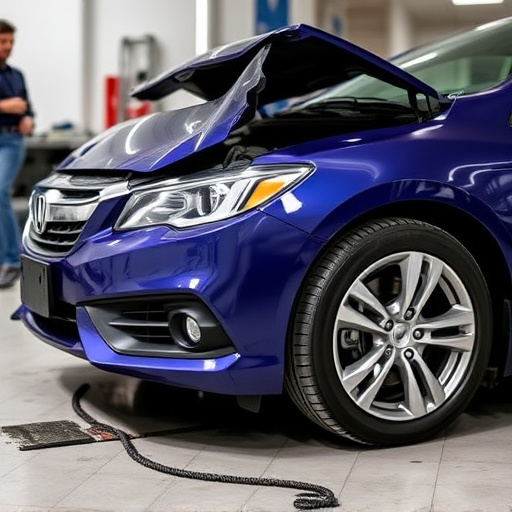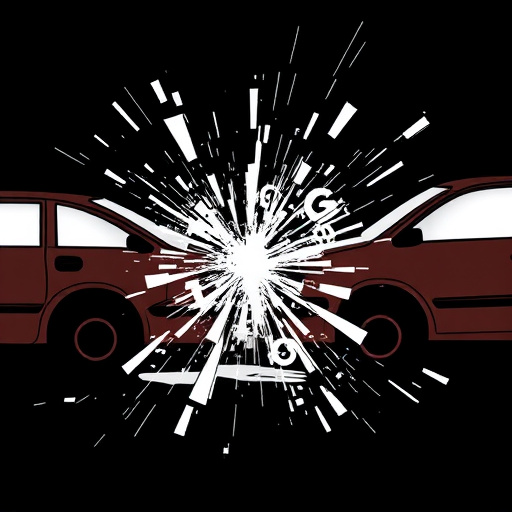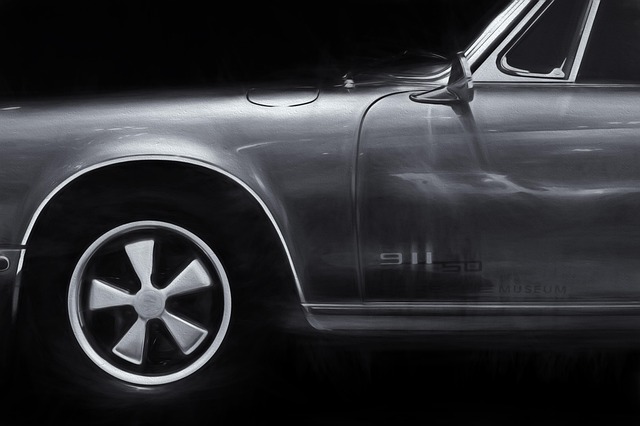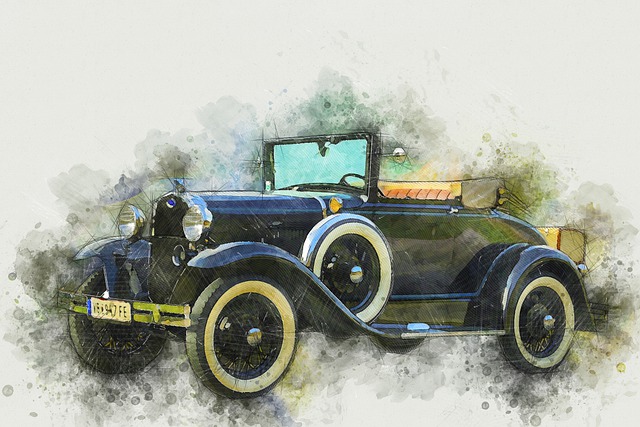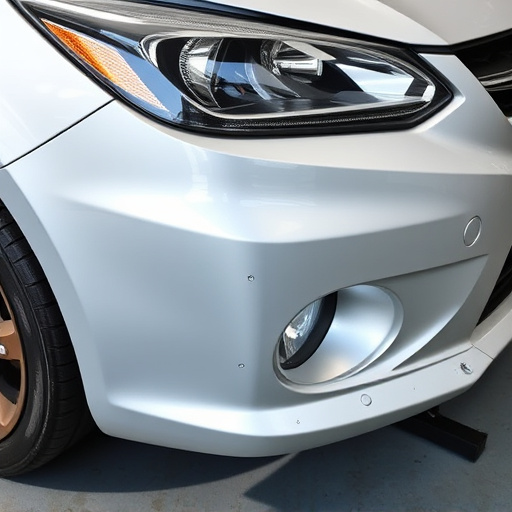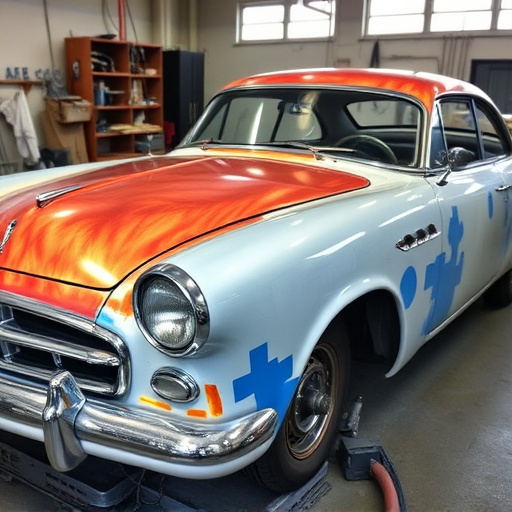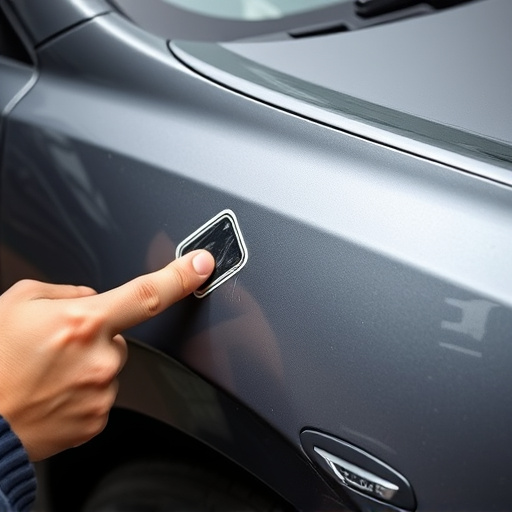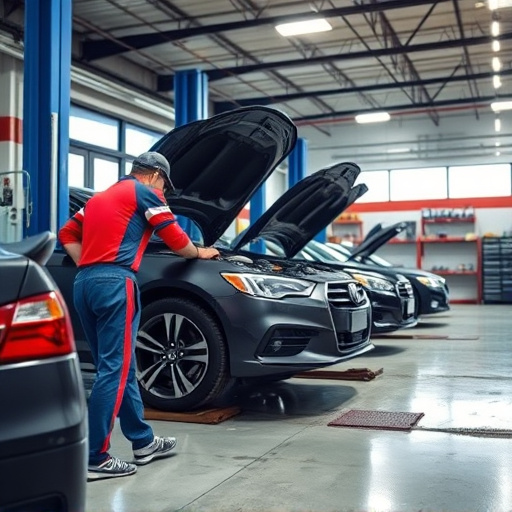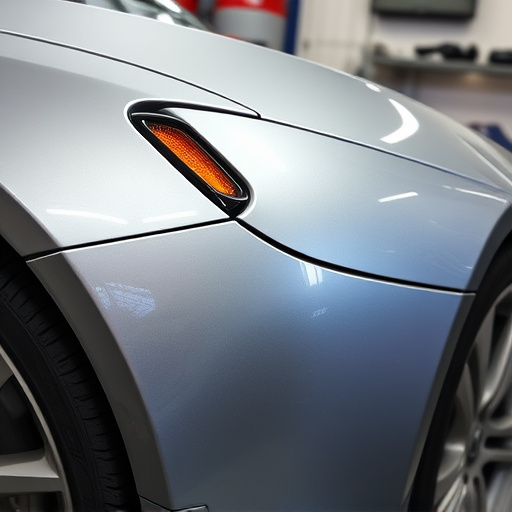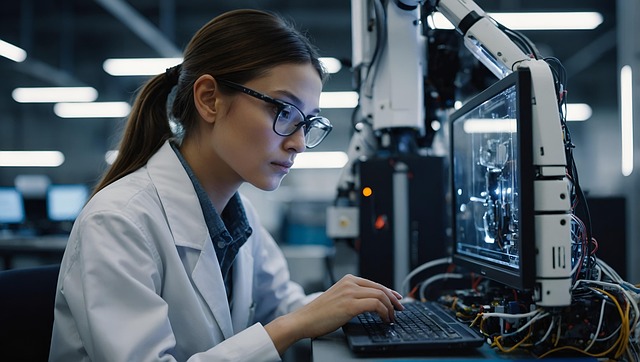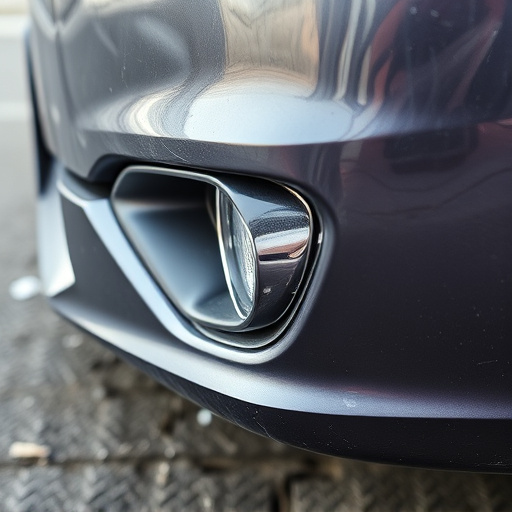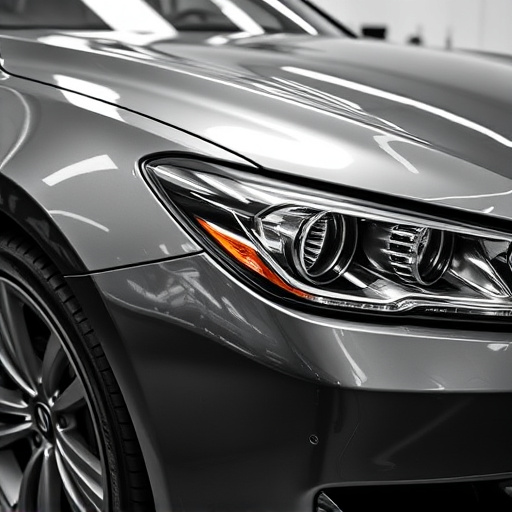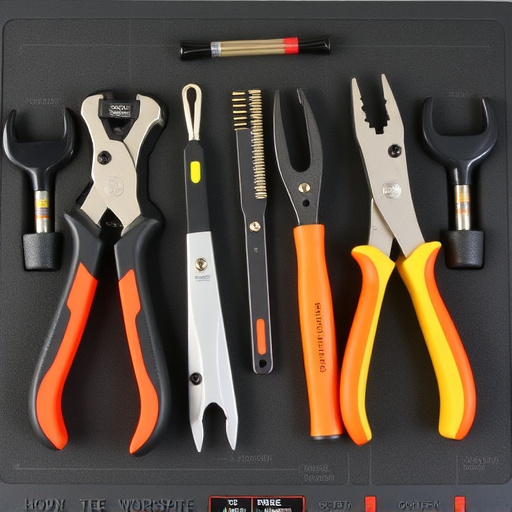3D car scanning technology revolutionizes automotive sector by providing accurate measurements via advanced camera and sensor systems, capturing precise digital models for applications like auto body work, restoration, part design, and digital twin creation. This integration with CAD software enables virtual inspections, perfect color matching, reduced measurement errors, faster turnaround times, and enhanced customer satisfaction in collision centers and auto body services.
“In today’s automotive industry, precision is key. That’s where 3D car scanning technology steps in as a game-changer. This innovative process offers unprecedented accuracy in capturing detailed digital representations of vehicles, revolutionizing how technicians perform their work. From enhancing quality control to streamlining repair processes, the benefits are clear.
This article explores the advantages of 3D scanning, focusing on its impact on technician efficiency and the overall evolution of automotive maintenance.”
- Understanding 3D Car Scanning Technology: An Overview
- Advantages of Using 3D Scanning for Automotive Applications
- The Impact on Technician Workflow and Efficiency
Understanding 3D Car Scanning Technology: An Overview
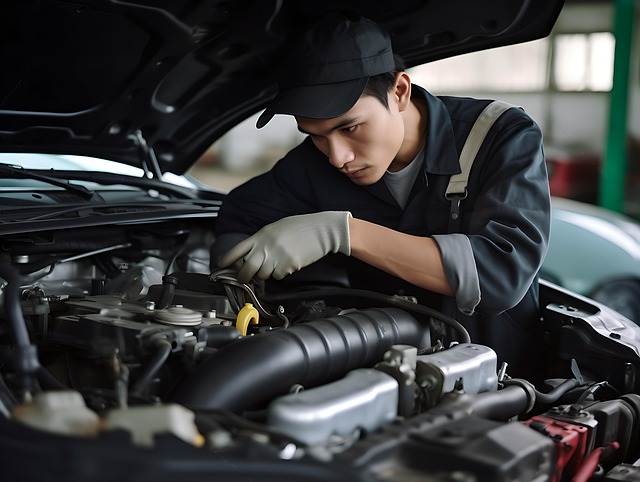
3D car scanning technology has revolutionized the automotive industry by offering unprecedented accuracy and efficiency in measurements and data collection. This innovative process involves using specialized cameras and sensors to capture a vehicle’s precise 3D dimensions, shapes, and surface details. The data obtained is then used for various applications, from auto body work and restoration to designing custom car parts and even creating digital twins for automotive research.
By combining advanced imaging techniques with computer-aided design (CAD) software, 3D scanning systems create detailed digital models of cars, allowing technicians to virtually inspect, measure, and analyze every curve and contour. This level of precision is especially valuable in complex auto body services, ensuring that repairs are not just visually aligned but geometrically accurate as well. Moreover, for car restoration projects, this technology helps in documenting the original condition of a vehicle, making it easier to revert to these specifications if needed during the restoration process.
Advantages of Using 3D Scanning for Automotive Applications
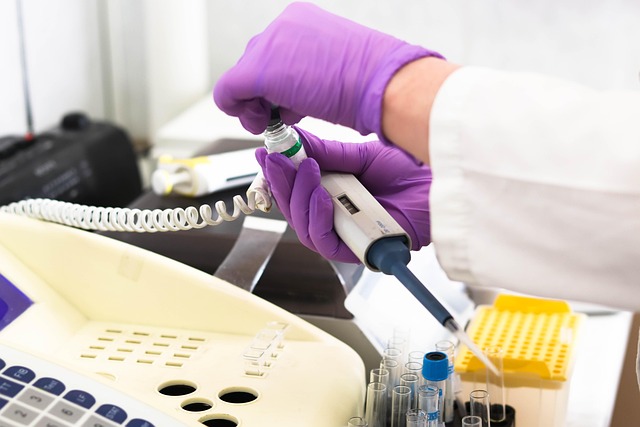
The adoption of 3D car scanning technology has revolutionized various aspects of automotive industry practices, particularly within collision centers and auto body services. One of the primary advantages lies in its unparalleled accuracy; 3D scanning systems capture detailed digital representations of vehicles, down to the smallest creases and contours. This level of precision is pivotal for accurate repairs and restoration, ensuring that every component is precisely replicated or replaced, leading to higher quality standards.
Moreover, 3D scanning streamlines the process of auto painting, enabling technicians to apply paint more effectively and efficiently. By having a precise digital model, they can identify and match original colors perfectly, minimizing mistakes and saving time. This technology also facilitates faster turnaround times in collision centers, as detailed scans can be quickly analyzed, reducing manual measurement errors and expediting the repair process.
The Impact on Technician Workflow and Efficiency

The adoption of 3D car scanning technology has significantly transformed how technicians approach auto maintenance, repair, and even prestigious car restoration projects. This innovative tool provides a detailed digital blueprint of vehicles, allowing for more precise measurements and analyses compared to traditional methods. With 3D scanning, technicians can quickly capture intricate car dimensions, identifying even the subtlest of imperfections that might be overlooked otherwise.
This technology streamlines workflows in auto body painting, enabling more efficient color matching and precision during repainting. It’s not just about speed; it ensures superior outcomes, reducing the time and resources typically required for complex auto body repairs and restorations. Technicians can work with greater confidence, knowing they have access to exacting data, which leads to increased job satisfaction and better customer results.
3D car scanning technology is transforming the automotive industry, offering technicians unparalleled accuracy and efficiency. By providing detailed digital models of vehicles, this innovative tool streamlines repair and restoration processes, ensuring precise measurements and minimizing errors. The advantages are clear: faster turnaround times, reduced costs, and improved overall quality. As 3D scanning becomes more accessible, technicians can look forward to a future where accurate, time-saving solutions enhance their workflow and benefit both businesses and customers alike.
